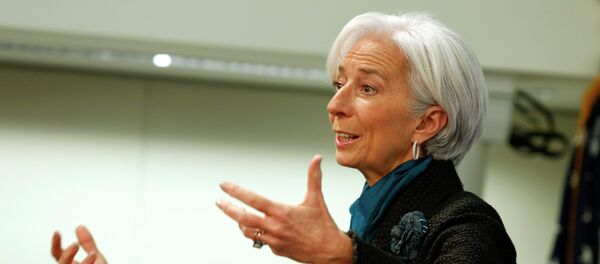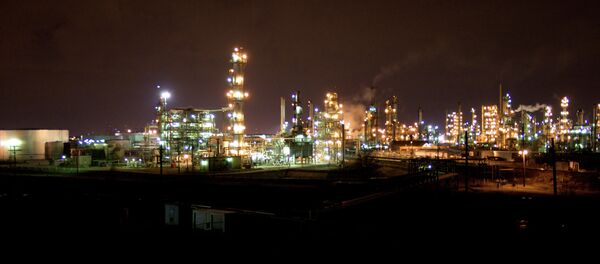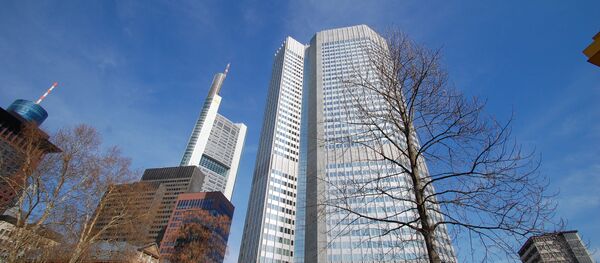One of the main reasons for the gloomier forecasts would be the most recent sudden move of the Swiss National Bank, which has arguably undermined the markets’ trust in central banks across the advanced world. Other global risks play a no less significant role as well, with China slowing down amidst alarming tendencies in their real estate market, while the economic strength of the EU’s flagship nations is nearly offset by the turmoil in the corrupt, inefficient and inflation-prone likes of Greece, Italy and Spain. The main challenge, however, is posed by the uncertainty of whether cheaper oil will trigger a collapse in over-valued energy stocks in the US or if the balance between the price of a barrel of crude and energy shares is here to stay for the mid-to-long-term, spurring both the consumption and production of goods and services in the world’s leading economies.
This data is supported by the recent data released by the University of Michigan, claiming US consumer confidence is at its highest in 11 years as of this January, after having skyrocketed to the figure of 98.2, from 93.6 just a month earlier.
“We continue to generate jobs at a fairly rapid clip, and what you’re also seeing is consumers’ response to what I call a tax cut from lower gasoline prices. That frees up a lot of spending and that means they can purchase other goods and services,” Brian Jones of Societe Generale in New York told Bloomberg.
However, some observers suggest that ever-decreasing oil prices might destroy US oil, the same as in 1986 during the famed ‘oil bust’. Some say the Saudis are winning in the price war against the US, as there has been less drilling in North America in the past few months.
However, even though the price of crude has dropped, energy stocks are still on the rise. On 16 January, as the markets in New York rallied to a close, 8 of 10 best performers were energy enterprises. It makes little sense that where the law of the market says “sell stock when profits drop,” investors are still betting that energy prices will rebound quickly. One possible reason could be attributed to the growth of the US chemical industry, representing some 25% of America’s GDP. In other words, cheaper oil has awakened one of America’s biggest industries. Another indirect beneficiary of cheaper oil is the pharmaceutical industry.
The rest of world is feeling feverish at best. The Eurozone is most likely moving towards a full-scale stimulus now after the Swiss central bank (SNB) broke its promises and let the Franc appreciate against the European currency. The result was a capital flight and an overall gloom in London, Paris and Frankfurt, exacerbated by the long-lasting intra-EU standoff between the advanced North and poorer South over pan-European fiscal and monetary policies. The threat of deflation and weak growth has added the prospect of Greece leaving the Eurozone: Berlin and the hawks in Brussels insist on systemic reforms in the weaker members, while the corrupt South just wants an influx of the cheaper money liquidity. The German economy grew an annualized 1.5% in 2014, while the Eurozone grew by 0.2%. Whether the hardliners demanding structural reform in the South will prevail in Brussels or the European Central Bank will be allowed to spur growth by depreciating the euro, is yet unclear, but the stimulus prospects are now bigger than they were before the Swiss franc story.
China poses the greatest concern at this point. A weaker growth in the EU has taken its toll on global demand for Chinese-produced goods. As commodity prices, for aluminium, copper, zinc, nickel, lead and tin, used by China’s manufacturers, have fallen continuously since mid-2013, a near-deflationary situation at factory gates exists on the mainland. China’s growth forecasts have been revised down to 7.1% in 2015, which, compared against their population growth and other factors, is insufficient for China to sustain itself without economic turmoil.
But Mainland China’s biggest issue at this point is the real estate sector, where easy credit has driven prices up, and an asset bubble is forming. In early 2015, prices continued rallying despite Beijing earlier efforts to stave off a collapse by promising monetary easing – which would trigger a depreciation of all assets, including real estate.
The world economy appears to be teetering on the edge of a looming disaster. If structural reforms are not made in the next months, the world economy could face another downturn, worse than that of 2008.





